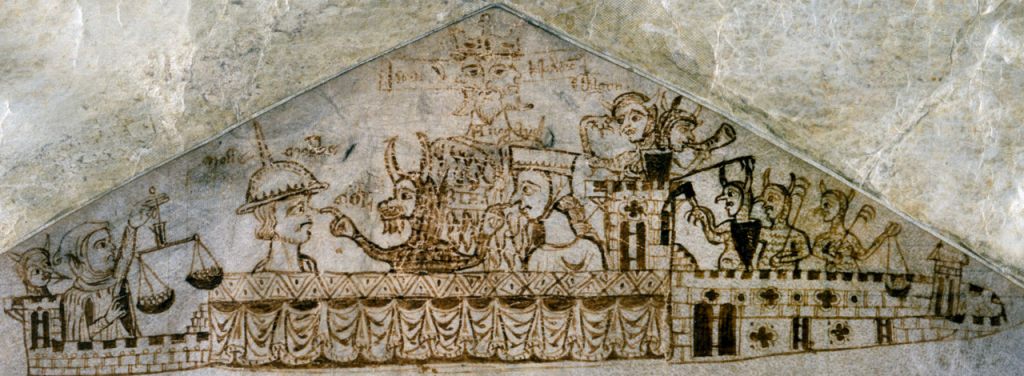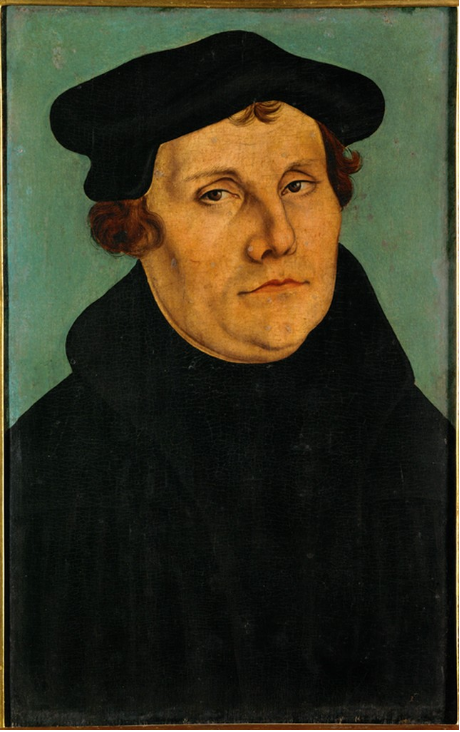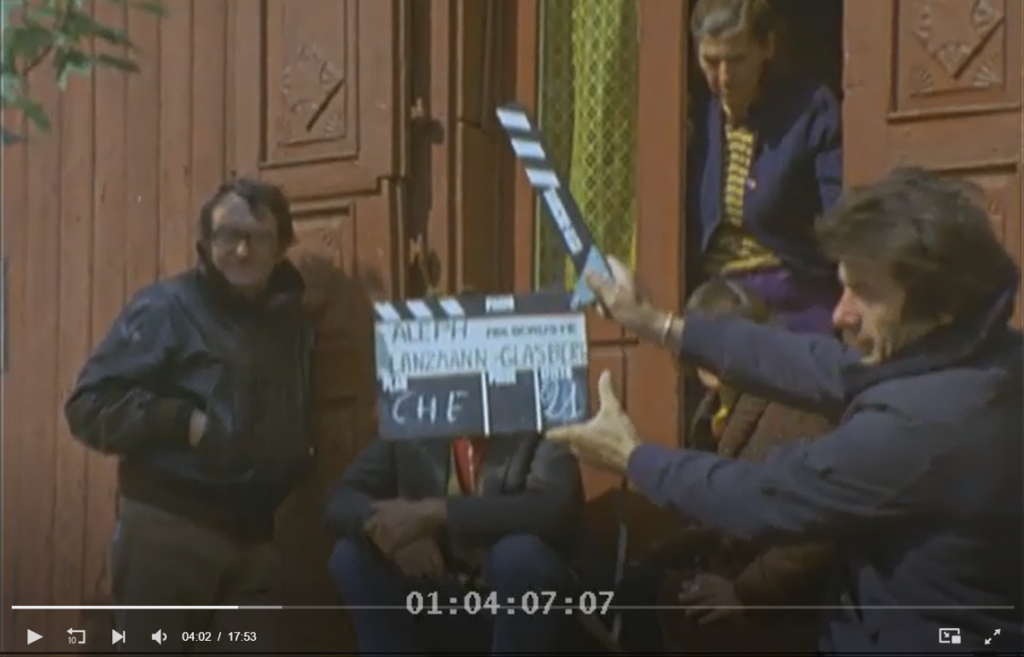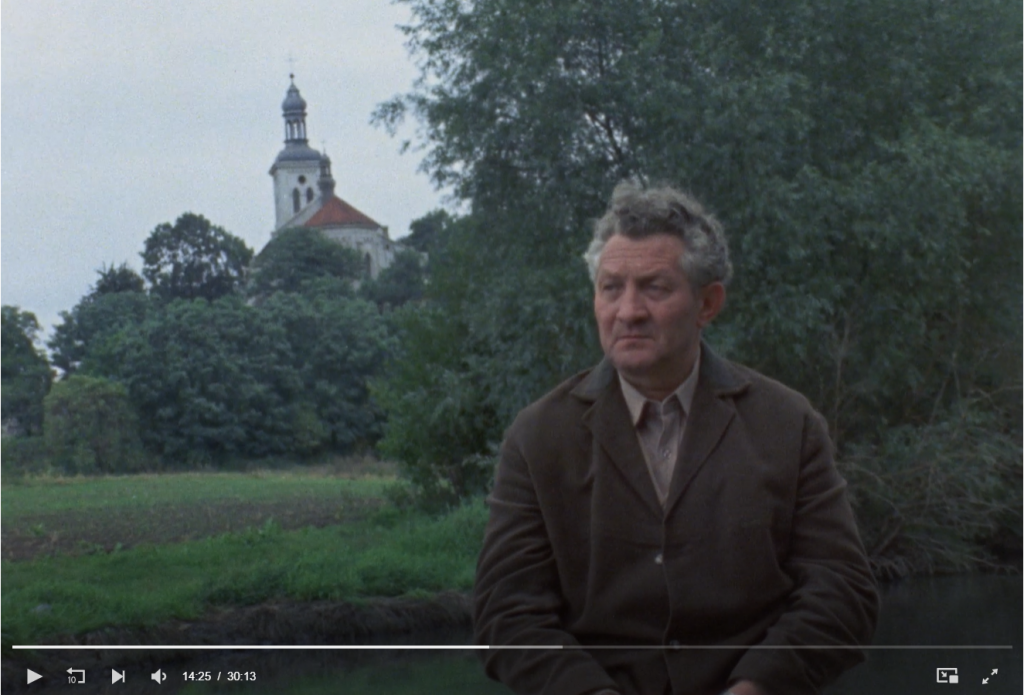Module 4: Antisemitism and Racism
Christian Anti-Judaism

Lecture by Hilary Earl on Christian Anti-Judaism
In this 20-minute lecture, Professor Hilary Earl introduces students to issues surrounding Christian anti-Judaism as a long-term factor in the origins of the Holocaust. The lecture considers the following question: “who were/are Jews” and why did they become the targets of Christians? Students are introduced to primary source examples of Christian anti-Judaism as well as scholarly interpretations of the role Christianity played in the hatred of Europe’s Jewish populations.
Guest Lecture: Richard Steigmann-Gall, Professor of History, Kent State University, Kent, Ohio:
In this 12-minute lecture, Professor Steigmann-Gall, an authority on the history of Nazism, discusses the Christian roots of Nazi antisemitism and explores why Jews were a special target of Nazi hatred.
Primary Sources
Secondary Sources
In this excerpt, the Christian scholar Rosemary Reuther argues that the genocide of Europe’s Jewish population can be traced directly back to Christian anti-Judaism. Her argument is challenged by her colleague, Yosef Yerushalmi, who argues that Christianity is an important factor in the genocide, but not a sufficient one. He believes there are additional factors that must be explained.


Claude Lanzmann, Shoah, 1985
Claude Lanzmann and his trusted research team spent nearly twelve years searching for Holocaust survivors, perpetrators, eyewitnesses, and Holocaust scholars, and captured over 220 hours of film footage. The filmed interview subjects are younger—their memories twenty years closer to the events of the Holocaust—than the witnesses in the major oral history video projects that started in earnest in the 1990s. –Lindsay Zarwell and Leslie Swift
Lindsay Zarwell and Leslie Swift. ‘‘Inside the Outtakes: A History of the Claude Lanzmann Shoah Collection at the United States Holocaust Memorial Museum,’’ The Construction of Testimony. Edited by Erin McGlothlin, Brad Prager, and Markus Zisselsberger. (Detroit: Wayne State University Press, 2020), 34.
Grabow

In his landmark 11-hour film about the Holocaust, Claude Lanzmann returns to a small town in Poland and talks to members of the Polish community, who live in the houses of Jewish community members murdered at the Chełmno death camp during World War II.
Simon Srebnik

In Shoah, Claude Lanzmann presents the oral history of Simon Srebnik, a survivor of Chełmno death camp, who returned for his interview with Lanzmann to his Polish hometown where he discovers that Christian anti-Judaism still exists.
Interviewing Simon Srebnik
Testimonies
Oral History: Tom Deri
In this 2:35 excerpt, survivor Tom Deri tells the story of an encounter with Christian and Medieval forms of antisemitism.
Questions
Reflect on the content of this section and consider the following questions:
- Why did Christians dislike Jews so much?
- What are the characteristics of Christian anti-Judaism and what accounts for its persistence?
Interactive Map
To learn more about Tom Deri’s life, press on the menu button on the top left of the interactive map below. You will then be able to scroll down and click on the different icons.

